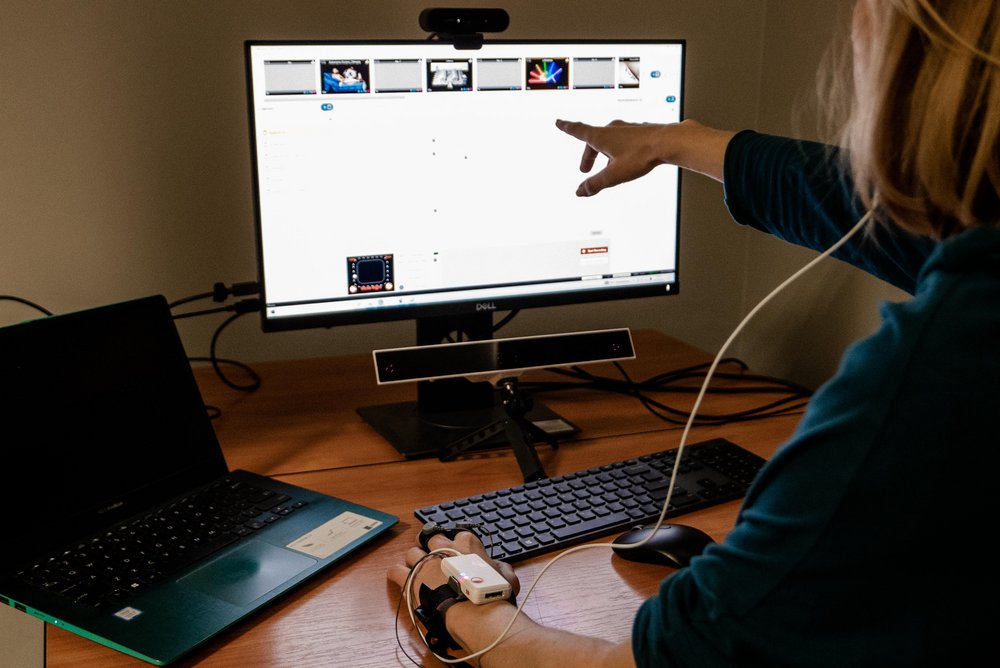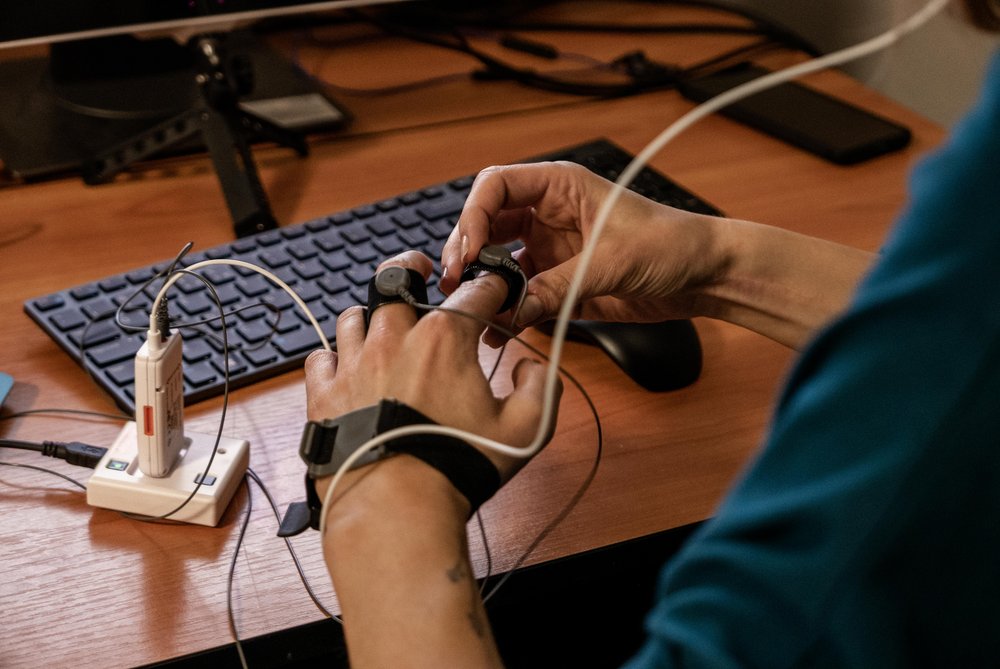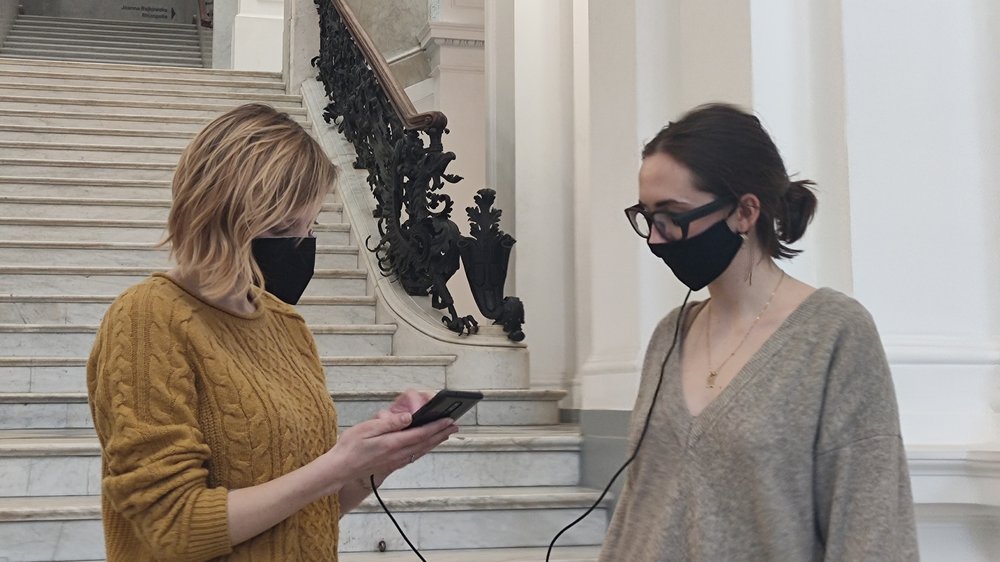The scientists are interested in the process of reception of Polish contemporary art among young, educated people. For this purpose, they intend to survey about 40 people (aged 25 to 35) with higher education. The obtained qualitative and quantitative data will ultimately demonstrate the way modern art is read and understood by visitors to galleries and museums.
The research is carried out by: dr hab. Tomasz Ferenc , prof. UL, Head of the Department of Sociology of Art at the University of Lodz and a lecturer at the Lodz Film School, dr Kamila Biały from the Department of Sociology of Art. and Dagna Kidoń – a doctoral student at the Doctoral School of Social Sciences, UL and an employee of the Lodz Film School.
We are interested in what determines this process, what factors influence the taste and artistic preferences of young Polish elite. However, we look for the reasons shaping the reception of art not so much in the features of the works, but in the recipients themselves
says Dagna Kidoń.
How is contemporary art understood?
The experiment participants are subjected to various observations and measurements. During the session they watch reproductions of paintings, then they give interviews and fill in a questionnaire. The Gazepoint GP3 DH stationary eye tracker is used to track the movement of their eyeballs. The research uses reproductions of selected works of Polish contemporary art, which may be perceived differently and evoke different emotions in each of the respondents. Ambiguous works in particular broaden the spectrum of interpretations and experiences they evoke.
We have taken the perspective that experiencing art and the emotional experiences it provides are the primary point of reference. The way we perceive art is influenced by education, intellectual preparation, experience or social status. However, we assume that there are also other, non-aesthetic factors that are relevant to the reception of art. The one we would like to focus on is the worldview, also in relation to politics and beliefs about various aspects of social life
explains Dagna Kidoń.
As part of independent research for her doctoral dissertation, Dagna Kidoń additionally examines reactions of visitors to art galleries in Lodz and Warsaw. The respondents view art installations, give interviews and solve tests. Pupil Labs Invisible mobile eye tracker is used to track the movement of their eyeballs.
Tradition of research on the reception of art at the University of Lodz
At the University of Lodz the study of the reception of visual arts and literature has a long tradition. This issue was dealt with by eminent professors: Stanislaw Ossowski and Antonina Kloskowska, then by doctoral students and lecturers of the University of Lodz: Prof. Boguslaw Sulkowski and Prof. Anna Matuchniak-Mystkowska. They all extensively described the relationships and factors influencing the perception of a work of art. The research was carried out using the then available methods, which were mainly interviews and questionnaires.
Today, technology allows us to study the reception process also at the physiological level. Various types of biometric sensors enable an even deeper analysis of the process of perception of aesthetic stimuli. The researchers want to find a link between sensual experience of art, which is often intuitive and unconscious, and the thought process, which is the result of conscious processing of the received data.
Eye tracking, face-reading and GSR, and contemporary art
The contemporary dimension of the research will be achieved thanks to three technologies. The first one is eye-tracking, which tracks the movement of the eyeball and traces the line of sight to the picture you are viewing. Thanks to this, it is possible to trace how the stimulus is viewed, in what order and what we look at, what catches our eye and what we ignore completely. Since we look at the parts of the painting that we pay attention to, think about or that mean something to us, the way we look reflects the way we think visually. In turn, the parameters of the trajectory of eye movement can be interpreted as indicators of mental processes. Therefore, the video shows the unconscious process of analysing a given object made with the help of the sense of sight.
The second technology is face-reading, i.e. special software that analyses the respondents' facial expressions in terms of emotions. An algorithm that tracks facial muscle movements is used to recognize human emotional expressions. Thus, it detects whether someone will react to a given piece of art in a positive way, or whether they will show surprise, astonishment or disgust.
The third one is GSR, i.e., a sensor that measures the galvanic skin response that changes as emotions change. The measurement results indicate the level of arousal caused by a specific stimulus. Even if we do not realize it and do not feel it, the skin reacts in a situation of stress or anger, and therefore, reveals hidden emotions.
Thanks to the sensors it will be possible to confront what is unconscious with what is reflective
sums up Dagna Kidoń.
The course of the study can be followed on the Laboratory's website.
Source: Dagna Kidoń, dr hab. Tomasz Ferenc, prof. UL;
Edit: Honorata Ogieniewska, Promotion Centre, UL



